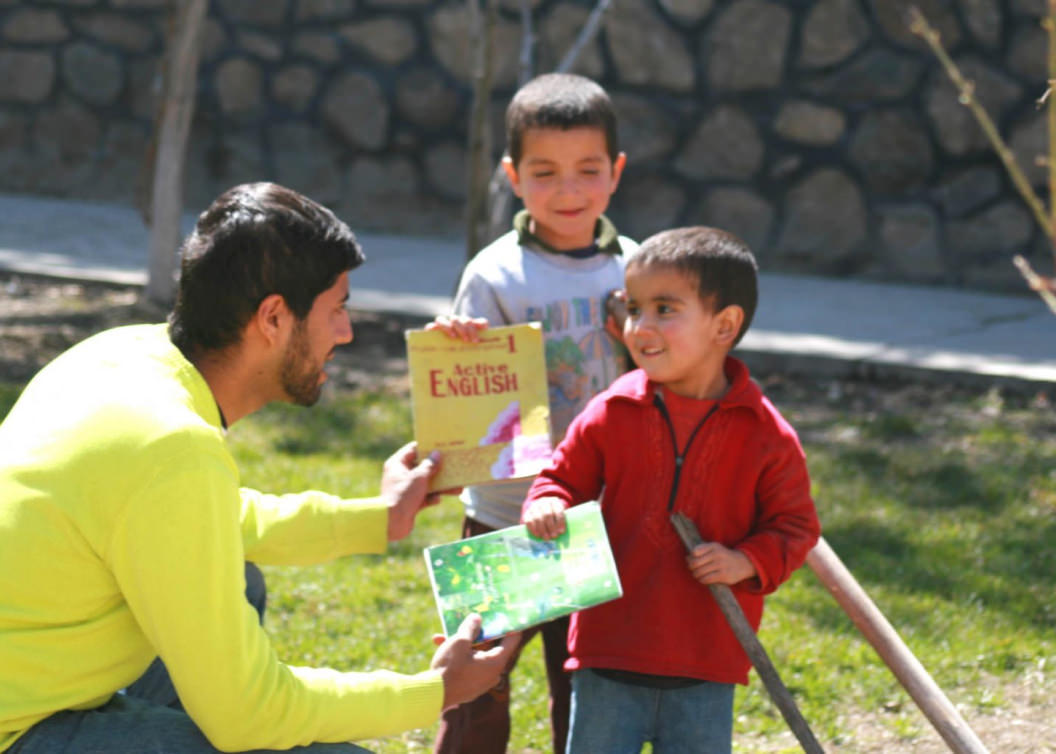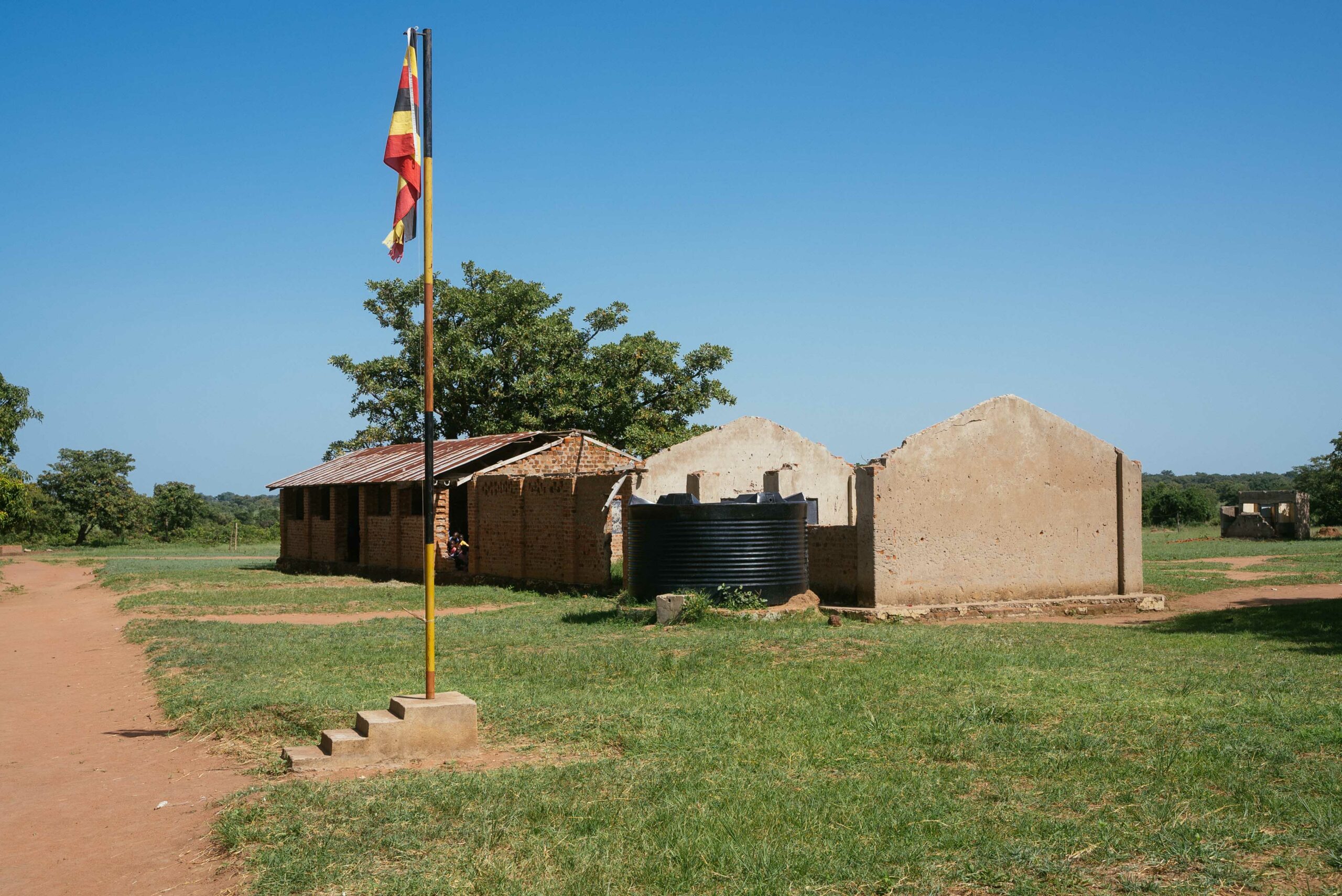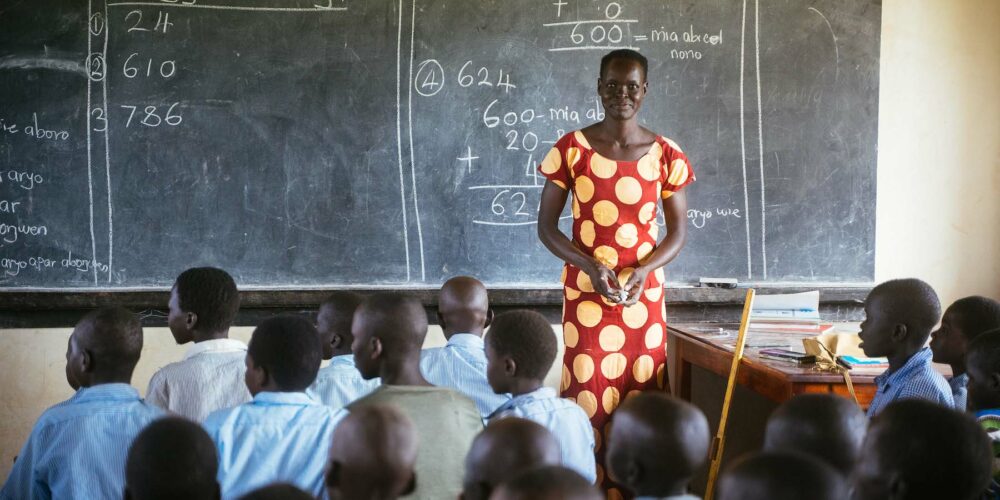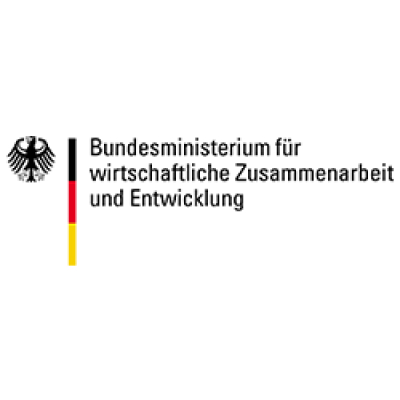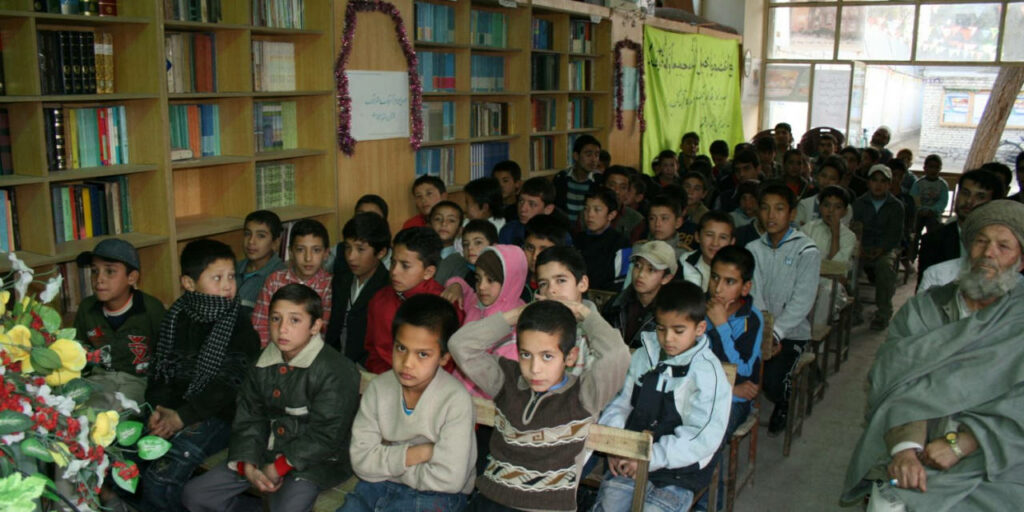
Kalay Fatullah primary and secondary school
Completed
The Kalay Fatullah primary and secondary school in Kabul has a two-storey building with a total of 13 classrooms and a library. A total of 850 boys and girls are taught there in two shifts. In 2006, Naim and Mortaza, the founders of Visions for Children e.V., traveled to Afghanistan to visit the country of their birth. Affected by the terrible learning conditions and at the same time impressed by the pupils’ and teachers’ motivation to learn, they decided to support the school. With success: in addition to equipping the school with new furniture and teaching materials, it was also possible to add another floor to the school building.
INITIAL SITUATION
Afghanistan is a landlocked country in South Asia with around 38 million inhabitants (as of 2020). A number of wars and political unrest over the last 40 years have left the country in a persistently unstable situation. The capital Kabul is located in eastern Afghanistan and is the country’s most populous city with 3.9 million inhabitants (as of 2017/18). The project is located in the KalayFatullah district, where some of the residents live in extreme poverty, work in skilled trades or run a small business, if they are employed at all.
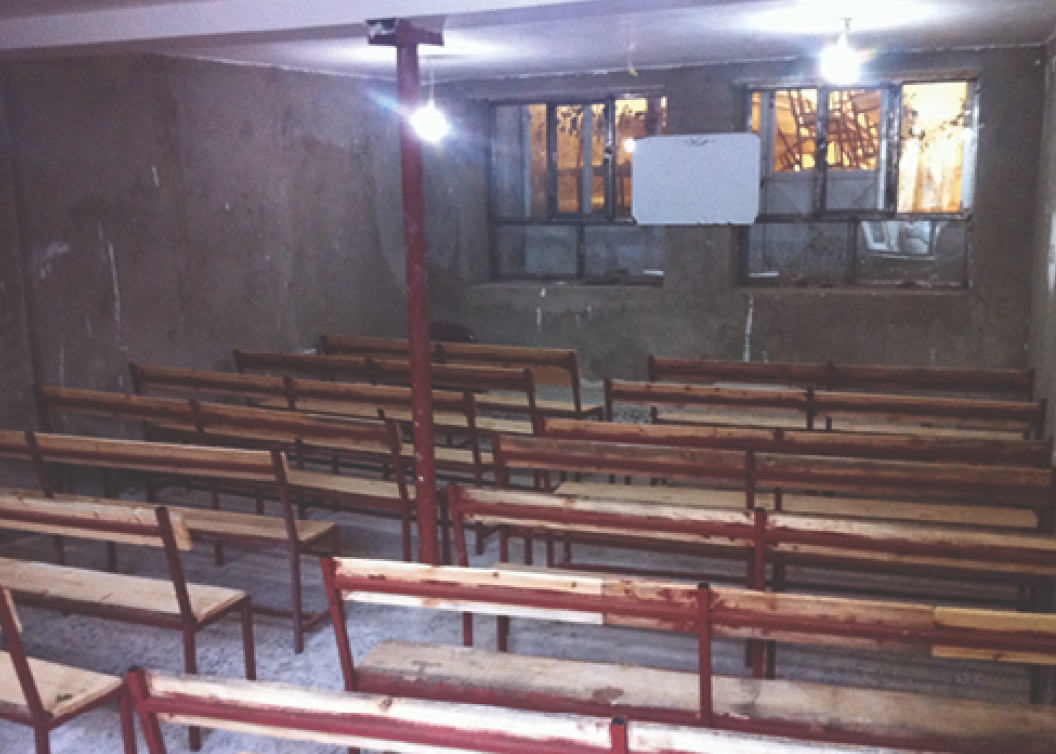
PROBLEM AND SOLUTION
The existing classrooms are small and sparsely furnished. The large number of pupils (45 per class) and the limited space in the rooms do not provide optimal learning conditions, as the classes could not be equipped with enough tables and chairs. This means that many students have no choice but to follow the lesson on the floor or take notes on their laps. There is also a lack of school materials and the sanitary facilities are not intact, which is a major problem for the girls in particular. Because the toilets are used together, are in poor condition and lack hygiene products, the girls’ absenteeism rate increases and their performance deteriorates.
We were able to contribute to the improvement of the school in many different ways: the school was extended with an additional floor, all children were equipped with exercise books and pens, the classrooms were extended with additional chairs, tables and desks, the school library was furnished and the library material was supplemented. In addition, the sanitary facilities were separated and put in order. Windows were installed and the roof of the school was repaired to prevent rain and cold from entering the classrooms. In addition, immediate measures made it possible to provide crockery for the kitchen so that the children can be provided with a hot meal every now and then.
